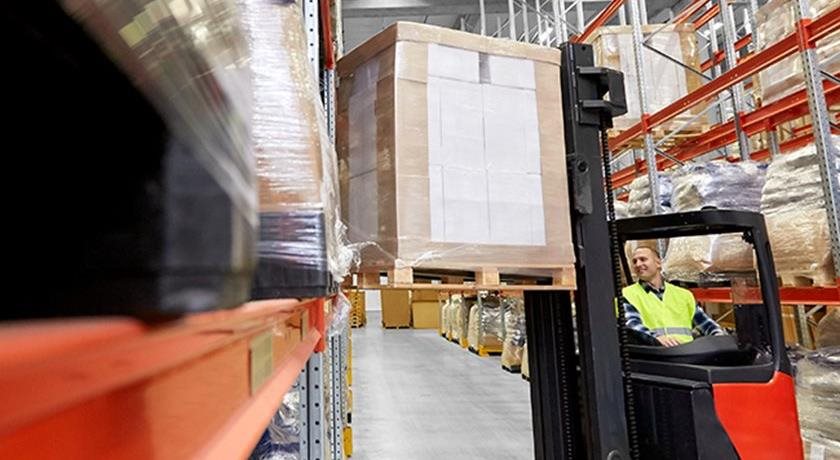
- Share
Best Practices for Load Safety Rack Challenges
Recently, a client contacted us. They removed their Forklift Load Safety Racks (LSR) from their trucks and wanted a letter saying it was acceptable to do. They went on to say that it is a widely accepted industry practice. Their purpose in removing them was for safety, as forklift operators were hitting overhead objects when placing pallets in the top shelf positions in their warehouse. Some operators hit the ceilings in semi-trailers.
Load Safety Rack Forklift LSR’s are at the rear of the forks. They are often about 4 feet tall. The purpose is to prevent lifted objects from falling towards and injuring the forklift operator. Our client had a valid reason for asking for permission to remove the LSR, but there is also a reason to keep them in place.
An LSR a device that affects the safe operation of a forklift. It also protects the operator.
The forklift safety rule OSHA 1910.178 (a) (4) says: Modifications and additions which affect capacity and safe operation shall not be performed by the customer or user without manufacturer’s prior written approval. Capacity, operation, and maintenance instruction plates, tags, or decals shall be changed accordingly.
Removing an LSR changes the safe operation of the truck. The above OSHA rule requires getting permission from the truck manufacturer first. Truck manufacturers are unlikely to grant permission to remove the racks, as they are concerned someone could be seriously injured.
Here are options to consider:
- A shorter Load Safety Rack may be available for the forklift
- Upper shelves could be lowered away from other overhead hazards
- Operators could receive additional training
- A lift height limiter could be installed on the forklift
The clients and us agree - safety is important because people are important.
For more information on forklift safety and best practices, get in touch with our specialists today.

